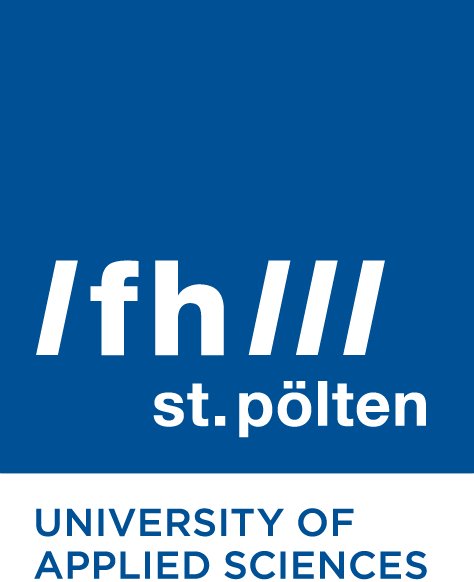The goal of this research agenda is to develop a conceptual and methodological framework for Multispective Experience Design (MiXeD) in the form of an open-access textbook with InSituEx as its digital toolbox. Multispective derives from the Latin and means "seen in many ways." This concept contrasts with the notion of perspective as a single point of view and aims to foster an analytic, ethical agility in order to shift one's own position (in situ) and be able to understand situations from other places (ex situ). Thus, InSituEx will help to explore and design not only individual user experiences but experiential settings involving diverse human and nonhuman actors.
The main research question of this agenda is how media experiences can be understood, described, and visualized from multiple human and nonhuman perspectives with the support of computer systems (i.e., with different hardware components and software solutions). Following post-phenomenological approaches, we define "media experience" as technically mediated interaction of an embodied being with the environment in its mundane lifeworld. These experiential settings are in fact everyday networks of human and nonhuman actors, whose associations we will analyze under ethical, narratological, and representational aspects. This means that the research question is addressed in three interconnected initiatives: Agile Ethics, Polyphonic Personas, and Mixed Mapping.
Based on their results, we will establish a set of practical operations that allow designers and users to better understand, describe, and visualize media experiences from diverse human and nonhuman positions. This methodology will be elaborated in an open-access textbook on Multispective Experience Design (MiXeD) and translated into InSituEx as its digital toolbox, which we aim to implement in an applied follow-on project. Although the concrete forms and target groups of this web-based collection of techniques and technologies remain open-ended, we have two particular applications in mind: as a research and development tool assisting media scholars, interaction designers, and computer scientists to analyze and shape experiential settings; and as an educational tool enabling students to create multimodal accounts of media experiences as interactions between human and nonhuman entities.
